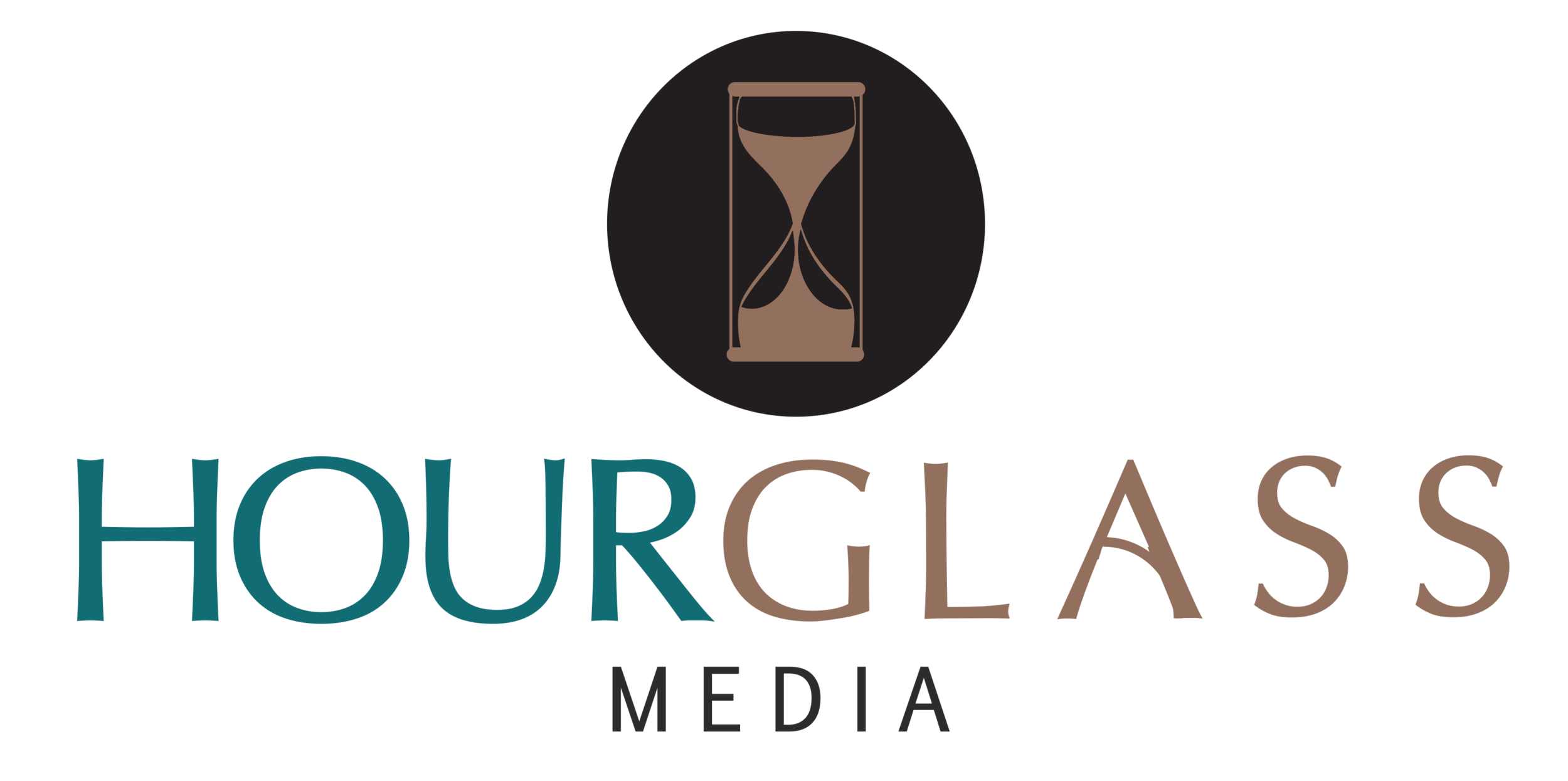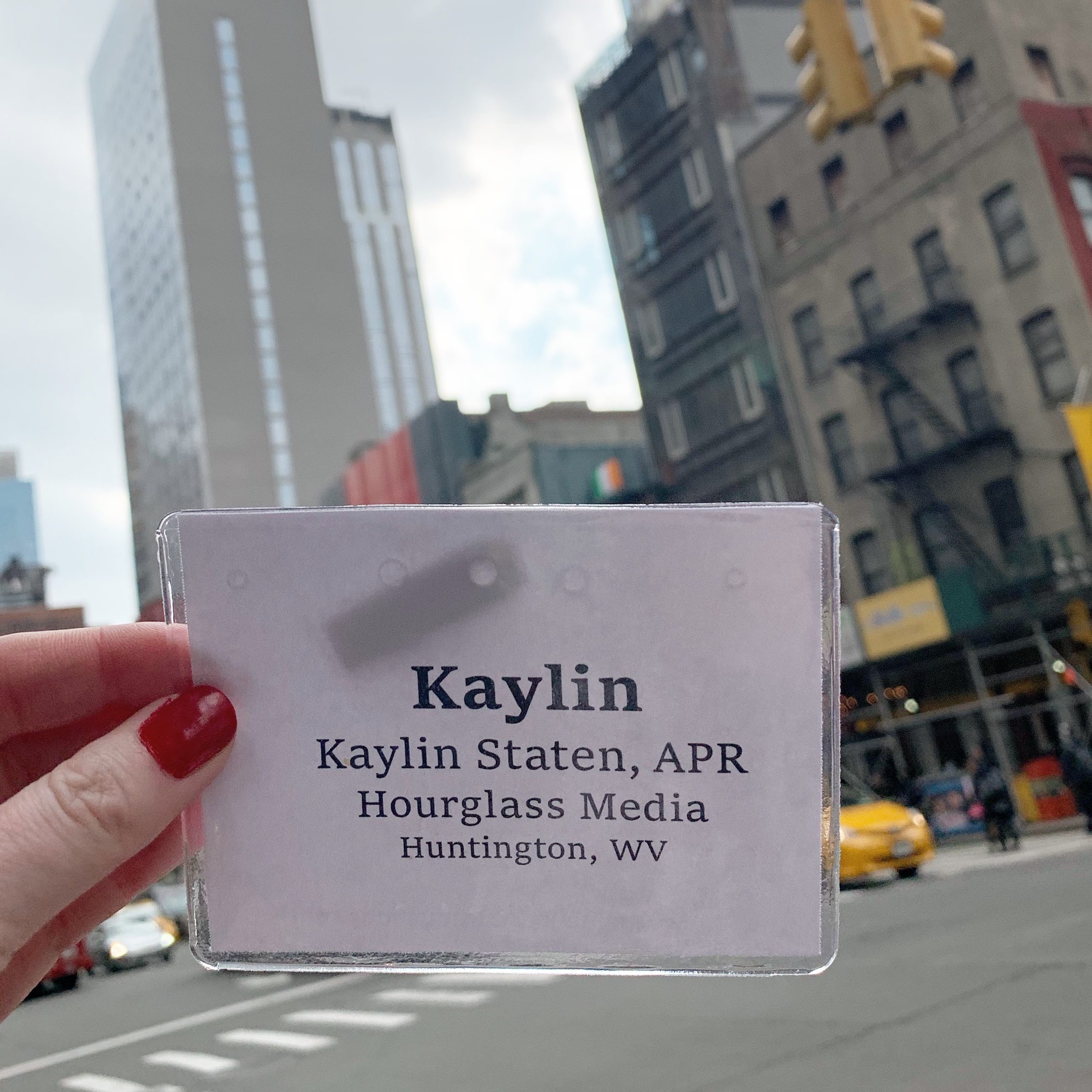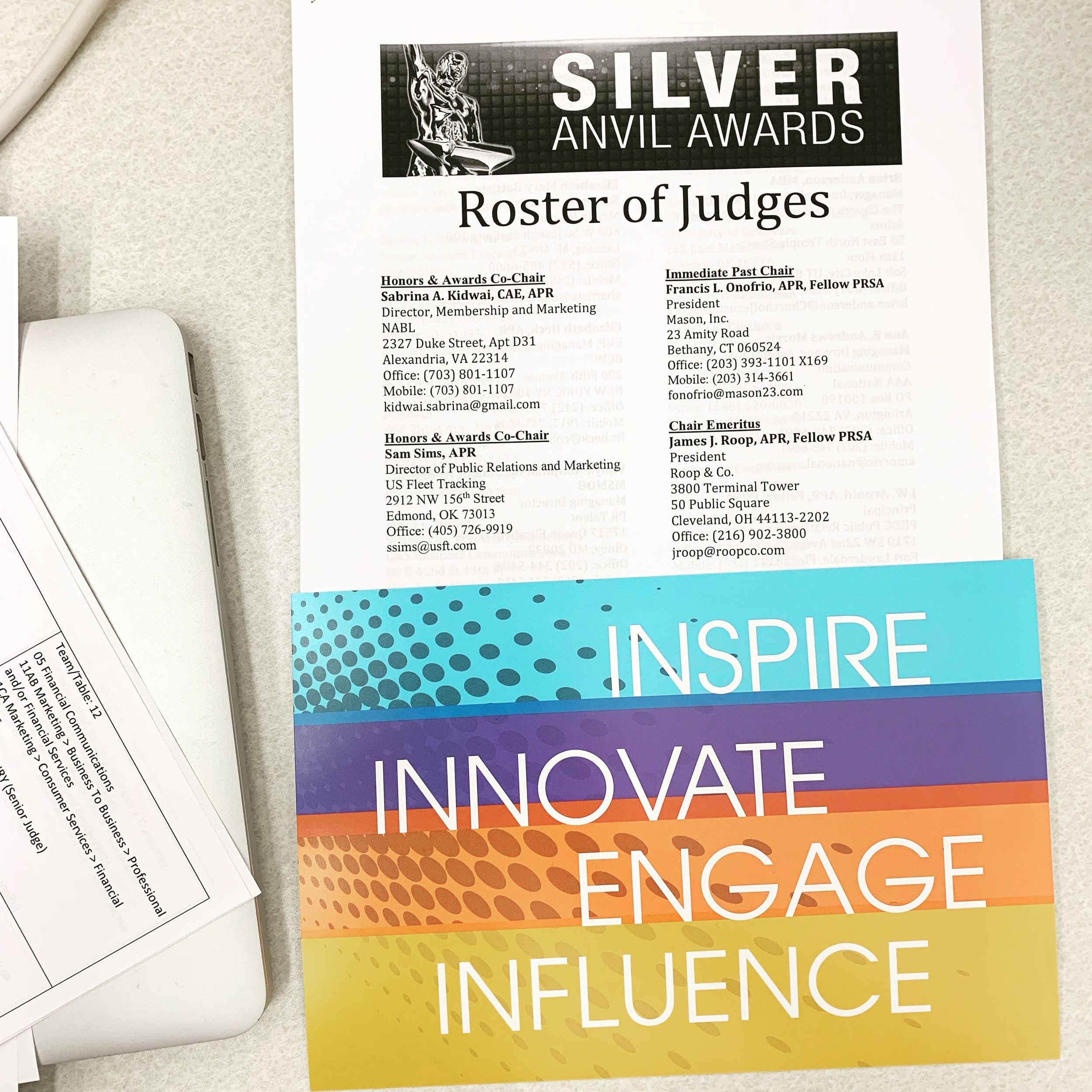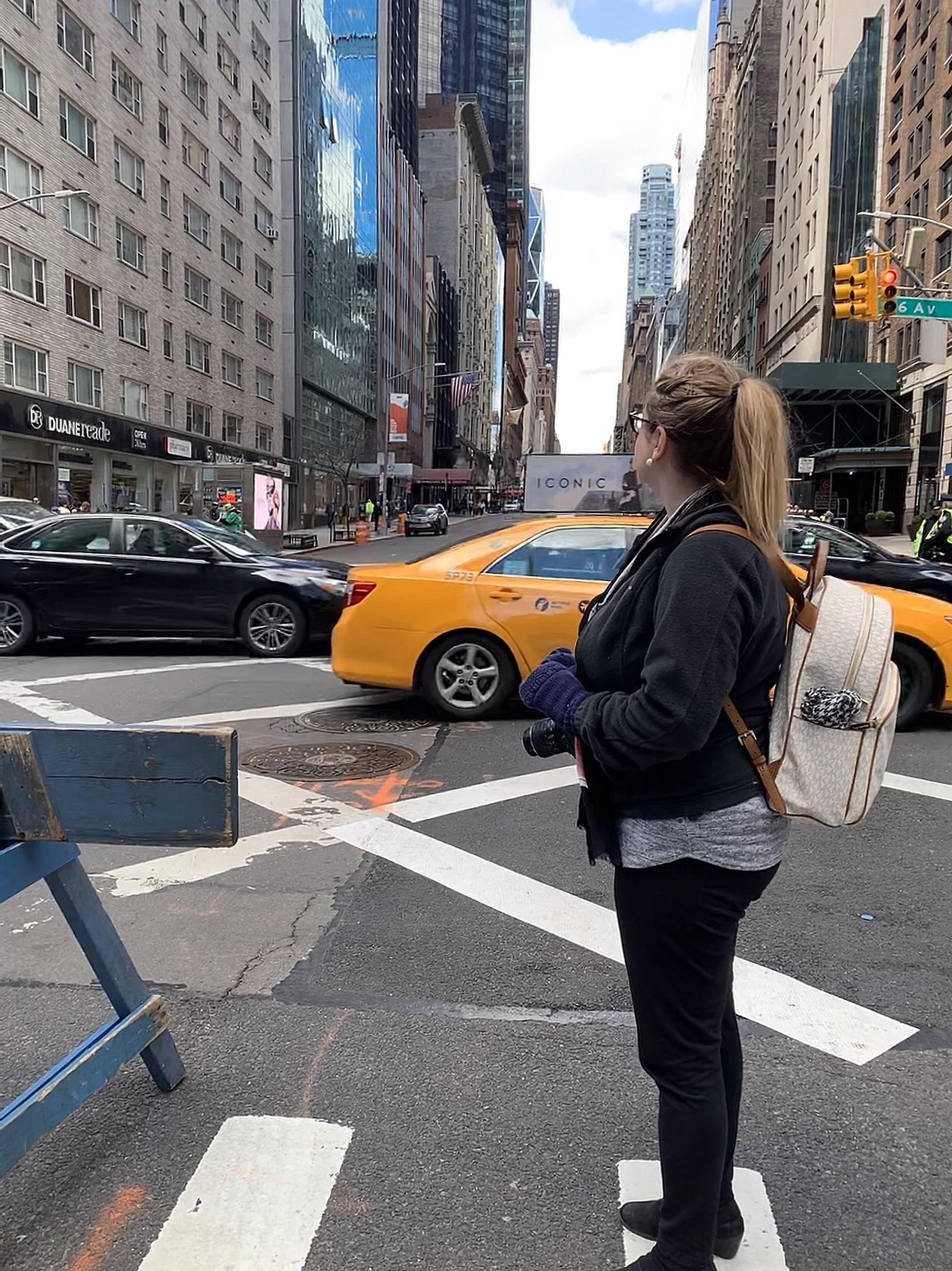Takeaways From My Silver Anvil Awards Judging Experience
⌛ By Kaylin R. Staten ⌛
I’m not the only one who has ever had a love affair with New York City. Recently, I was #blessed and traveled to New York City for business and pleasure. As I mused eight stories above W 48th Street in the Theater District, I watched the thunderstorms usurp the concrete jungle. Being the introspective person I am, I wondered: What have I learned on this trip to New York City?
As a business owner, I immediately ooh’ed and ahh’ed over the inspiration I discovered while in the City That Never Sleeps. It turns out that the city and my brain have a lot in common in that respect.
I had the distinct honor and privilege to judge international companies’ Public Relations Society of America Silver Anvil Awards entries in New York City. I was one of 144 judges who traveled from all over the nation to judge the 626 entries. (I did not have to judge that many!) Walking a few blocks to “work” in the Big Apple was surreal, and I enjoyed each footstep to my destination, where I spent a normal workday combing through public relations projects. I’m not going to lie, I geeked out! I met new people, ate an amazing crab cake sandwich, drank way too much caffeine and read through some prominent companies’ entries. I assessed the Research, Planning, Implementation and Evaluation (RPIE) elements for each.
Without compromising any detail of any entry, here are trends I saw in the entries I judged:
Research
A public relations campaign or project commences with the identification of a problem. It could be something general, like wanting to raise awareness levels of a nonprofit, or more specific, like wanting to increase a product’s sales by a 25 percent margin. You may have noticed that people do not know what your nonprofit does or that low sales just aren’t acceptable to your C-Suite. In my work, I notice that even the most successful campaigns do not properly identify an issue at hand. Secondary research is also the most popular method, since it does not usually involve many monetary resources. Primary research usually is more time intensive and expensive, including focus groups, surveys, audits and other data collection. When you know your exact audience, however, you’re leaps and bounds ahead of many organizations. Trust me, take the time to do your research at the beginning and throughout the RPIE process.
Planning
Since earning my APR (Accreditation in Public Relations), I’ve noticed how often people use goals and objectives interchangeably. Goals are long-term and broad, focusing on the future and the vision of the company and related PR campaign. Objectives are short-term and more specific. Objectives must include what you want to achieve/change, how much change you want to see from each public and a timeframe for achievement/change. Objectives should also be SMART:
Specific
Measurable
Achievable
Realistic
Time-specific
A comprehensive communications plan also goes a long way. Do everything you can to define your publics, from crafting a customer avatar to assigning pain points to each group.
Implementation
This stage is usually the strongest among campaigns. Public relations professionals tell stories, and this is the main idea of the Implementation stage. A PR practitioner can do this in myriad ways, from hosting an event to establishing a new product partnership. There are several run-of-the-mill tactics utilized within a campaign’s communications plan, from issuing timely press releases to running a 30-second commercial spot on a local evening news segment. While traditional methods work for your publics, I want to see innovation in campaigns. Step outside of the box and reach your publics in new ways -- and not just on social media. Do something that your competition just isn’t doing or put a new spin on an “old” tactic. The more innovative you are, the more successful you will be, and your campaign will stand out and become replicable.
Evaluation
One of my predominant questions was, “But, how did your efforts help your bottom line?” Call me a company CEO, but I really wanted to know how PR efforts maximized sales -- not just awareness, media impressions and overall placements. All three of those are instrumental in the success of campaigns and capitalize on Return on Investment (ROI) and Return on Expectations (ROE), but they are not the be-all end-all. I learned this in college, and throughout my career, I’ve honed my own expectations for the Evaluation stage. (It also helps that I own my company and have worked in nonprofit communications for the majority of my career. ROI is vital!) The number of times your campaign placed above the fold and how many people attended your event are impressive numbers, but make the correlation to your goals and objectives. This is where it all comes full circle.
Kaylin R. Staten, APR, is an award-winning public relations practitioner and writer based in Huntington, WV with nearly 16 years of professional communications experience. As CEO and founder of Hourglass Media, she uses her compassionate spirit and expertise to delve into the heart of clients’ stories. She is a recovering perfectionist, mental health advocate, wife, cat mom and Leia Organa aficionado. Connect with Kaylin on LinkedIn.












